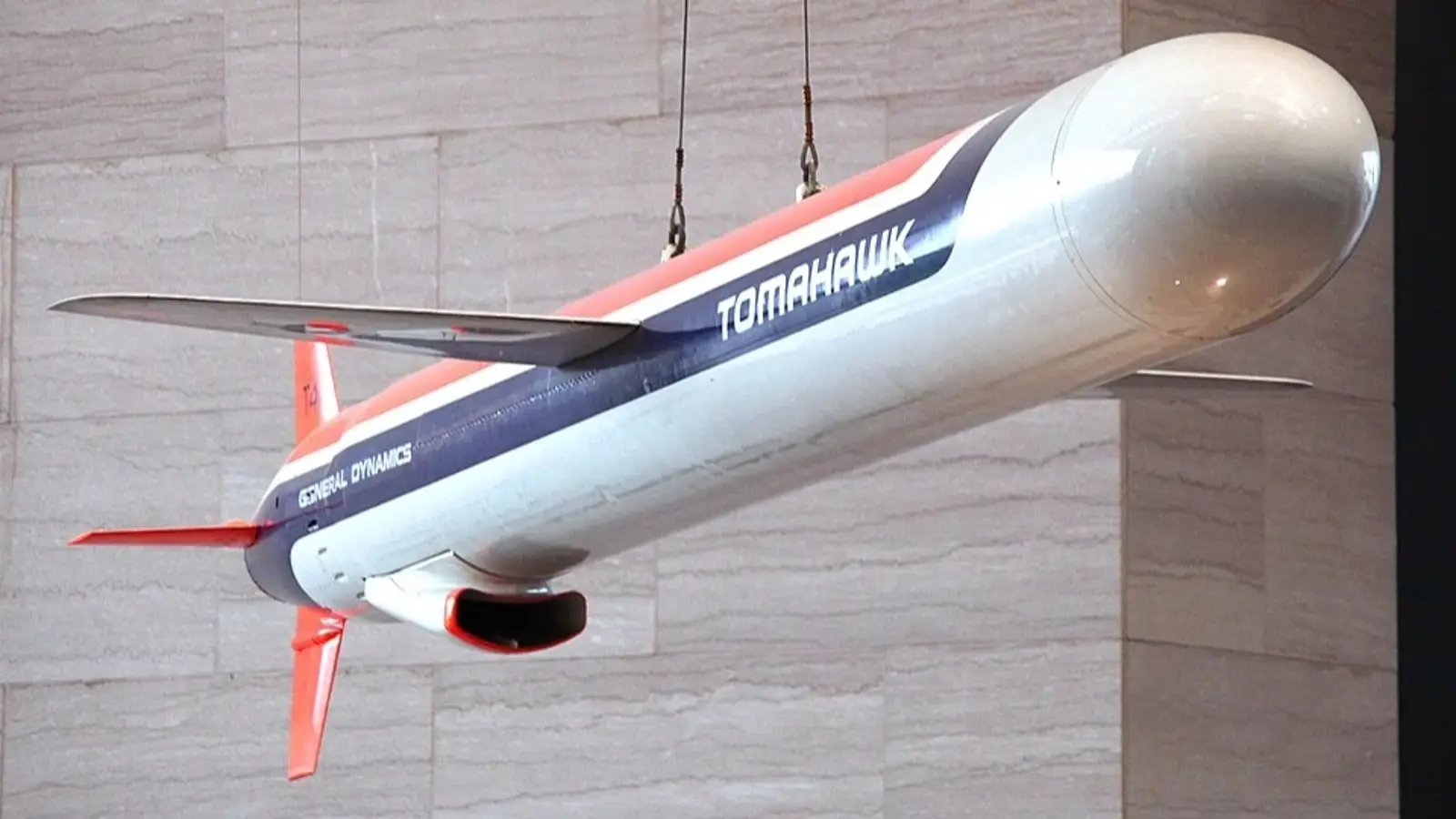Tomahawk Missiles Pose Detection and Interception Challenges


Experts say BGM-109 Tomahawk missiles, which may be supplied to Ukraine, fly low and avoid radar, complicating interception and making launch sites key Russian targets.
The BGM-109 Tomahawk cruise missiles, which Washington is considering supplying to Ukraine, would present a complex challenge for air defense systems, according to Russian military experts interviewed by Izvestia.
The Tomahawk is a subsonic cruise missile capable of flying at around 700 km/h. It travels at low altitudes and uses the contours of the terrain to shape its flight path — factors that significantly complicate detection by radar and air defense systems.
Military analyst Dmitry Kornev explained that early detection is key. Once the missile is identified in time, interception becomes a technical matter. All current Russian air defense systems, he added, were designed with the Tomahawk threat in mind.
Aircraft such as the MiG-31 are particularly well-suited to intercepting low-flying targets of this type. These interceptors have long operational ranges and are equipped with sensors capable of detecting objects against the backdrop of the Earth’s surface.
Retired Colonel Viktor Litovkin stressed that the most effective strategy is to destroy Tomahawks before they are launched. Storage and launch sites, he noted, would become priority targets for Russian forces. Once intelligence pinpoints deployment areas, such facilities would likely be wiped out before the missiles could be fired.
Litovkin also highlighted the vulnerability of supply chains. With Russian forces increasingly targeting Ukraine’s railway infrastructure, discreetly transporting and delivering large shipments of Tomahawks would become far more difficult.